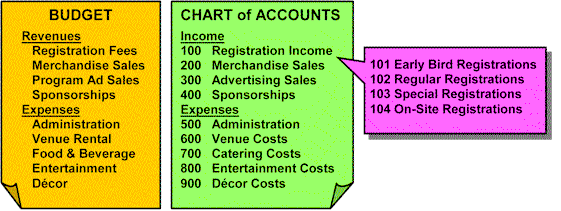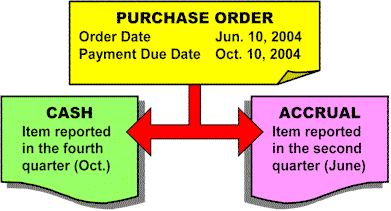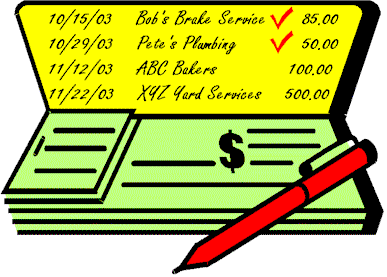|
Accounting,
Auditing, and Bookkeeping
19
November 2003
Accounting
is the design and maintenance of the system
for the recording and counting of sums of money, those paid and those received
and the value of property, and the records and reports associated with these
sums. This system typically organizes these figures into categories, known as a Chart
of Accounts, as required by taxation authorities and in such a
way to facilitate wise decision-making based on reliable financial information.
A
budget will likely be organized according to the categories specified in the
Chart of Accounts. Each category in the Chart of Accounts will have sequentially
numbered codes for the components or items that make up that income or expense.

An audit
is the official examination of these
records (sometimes including the documents that support them) and the methods
used to create them to verify the
financial information within them is correct.
Bookkeeping
is the process of recording transactions (revenues and expenditures) in the
accounting system, including the preparation and collection of the underlying
documents (e.g., receipts, deposit slips, purchase orders, etc.),
the chronological journalizing of
transactions with their explanation and account code, and the posting
of these transactions into their appropriate categories within the Chart of
Accounts or ledger.

Cash Accounting
versus
Accrual Accounting
Both are accounting methods typically used for
tax purposes. The Cash method assigns revenues and expenses to the tax period in
which they occurred.
The Accrual method assigns them to the tax period in which they were
incurred regardless of when the actual income or expense occurs. The
Cash method accurately reflects cash flow, but the Accrual method better
reflects fiscal obligations and expectations.

Also known as Encumbrance Accounting or
Invoice Matching, Commitment Accounting
allows the posting of expenses before
the creation or collection of the underlying documents such as invoices,
purchase orders, etc., and before those committed funds are paid out.
This allows the financial records to reflect
the allocation of budgetary resources when they are committed instead of when
they are paid out, providing financial information earlier than “budget to
actual” reports and preventing budget overruns.
Typical “continuing” commitments would
include wages and salaries for employees and monthly utility payments, and
typical “specific” commitments might include the verbal agreement (and
subsequent written agreement) to hire a band for an event.
Commitment
Accounting is similar to managing a checkbook. When checks are written the
amount is logged into the check register and the account balance is adjusted in
the check register as the commitment of funds is made. When the monthly
bank statement comes, the cancelled checks are checked off in the register. If
you didn’t balance your checkbook with each check and waited until your
statement arrived, you might find your account overdrawn.

Back
| 




